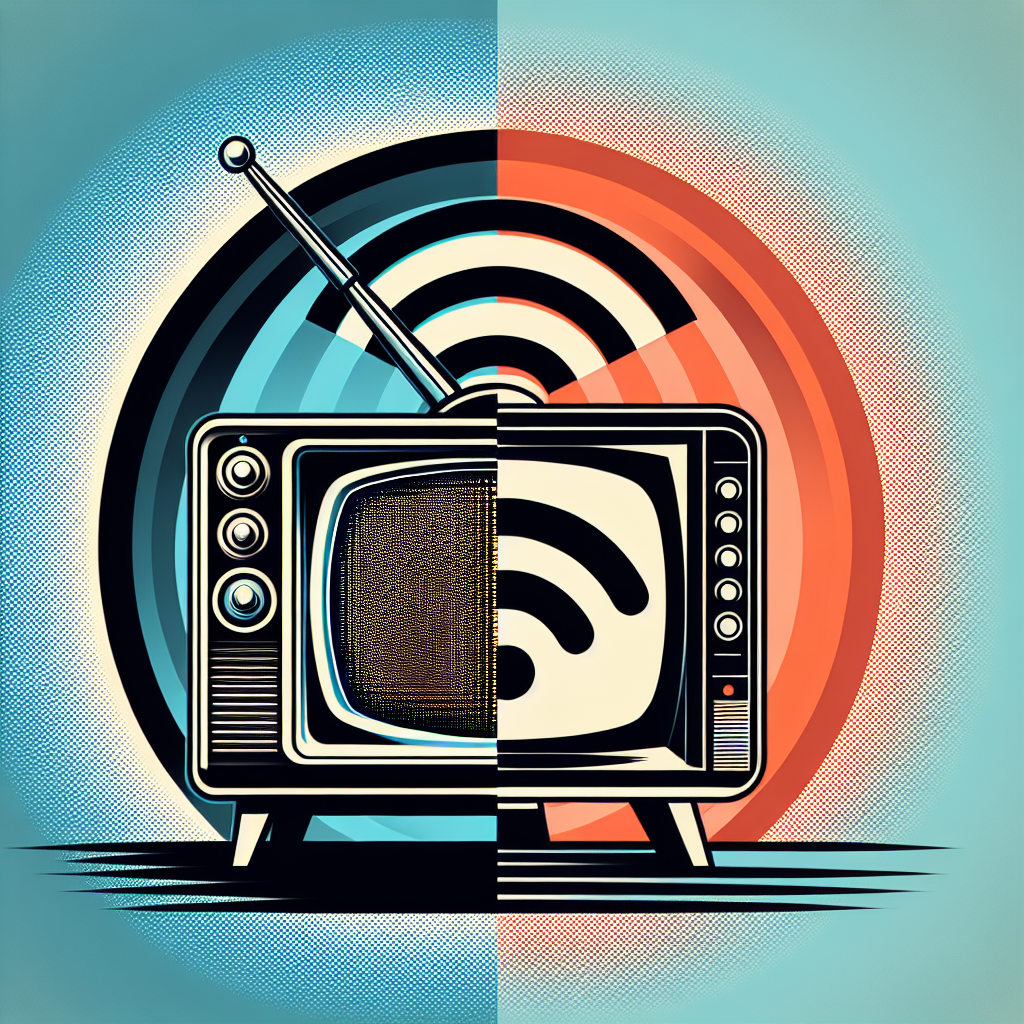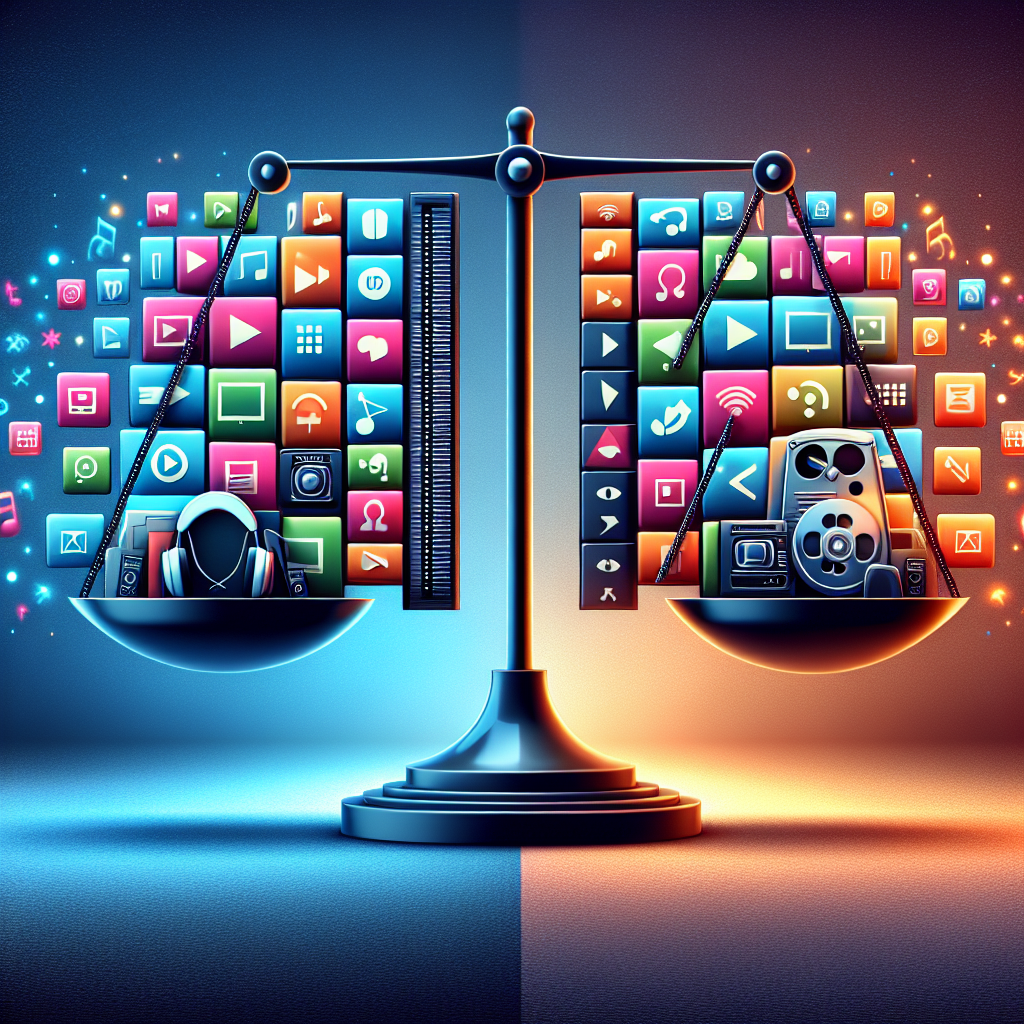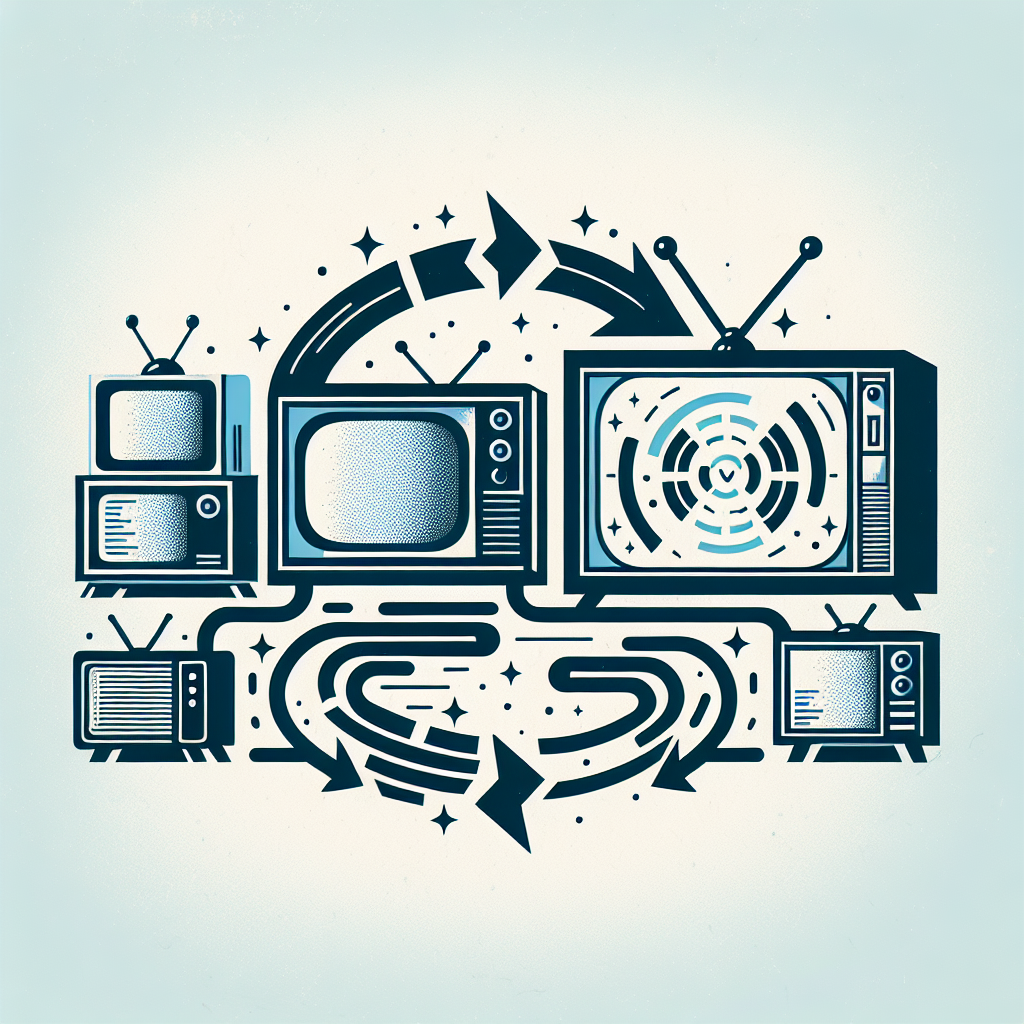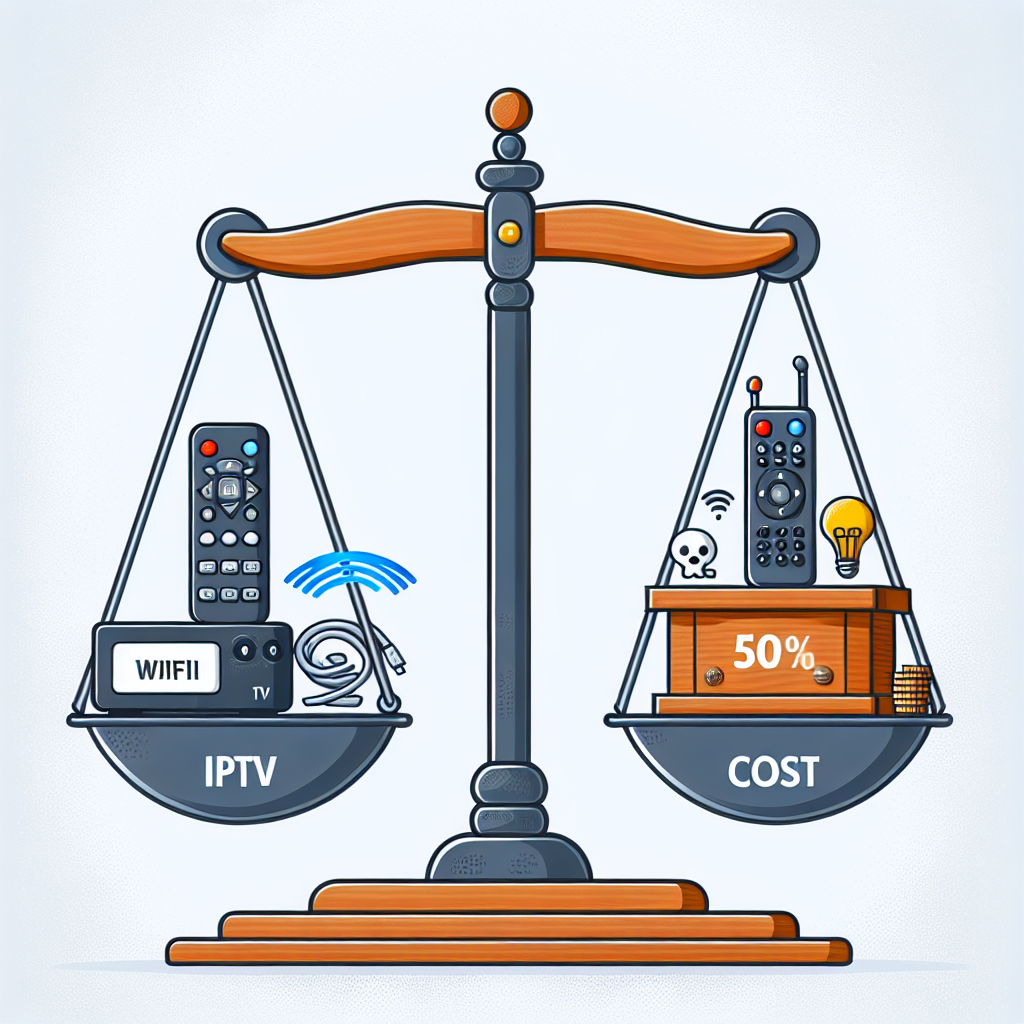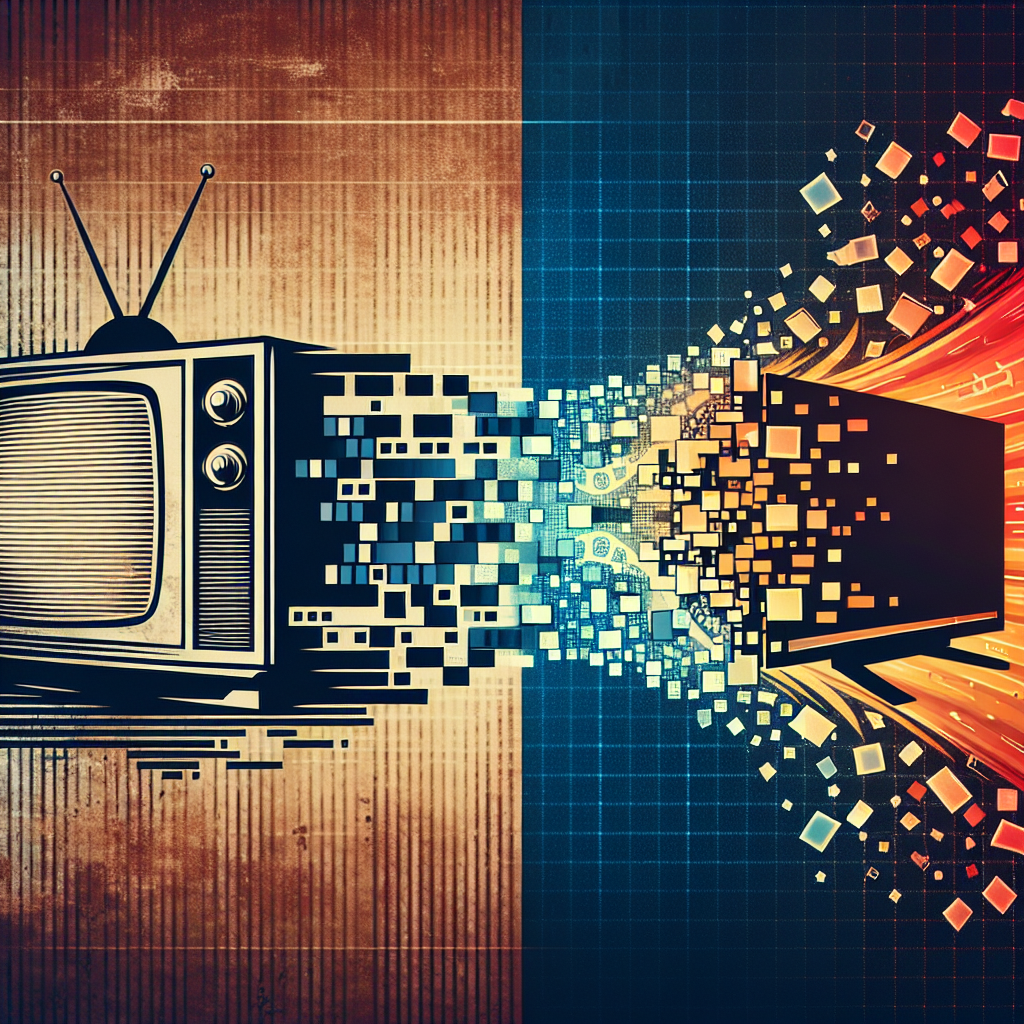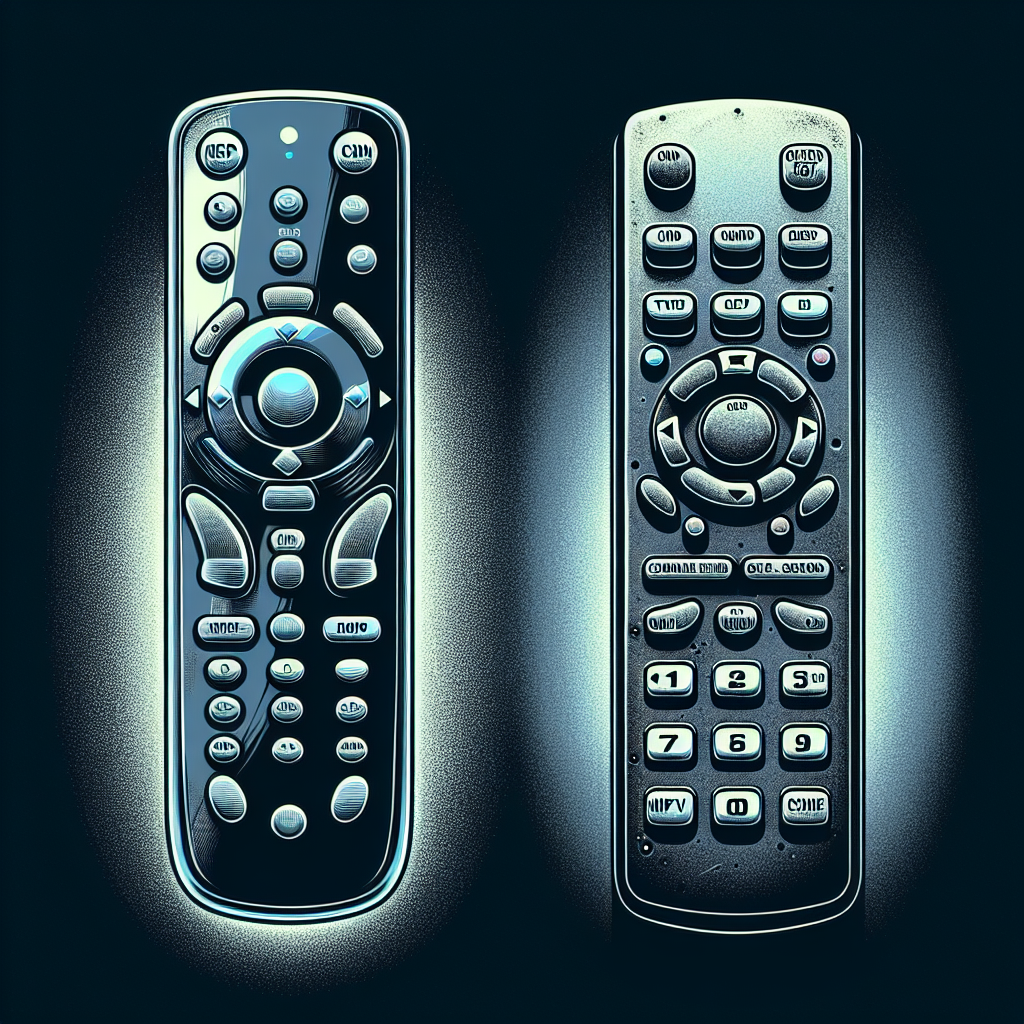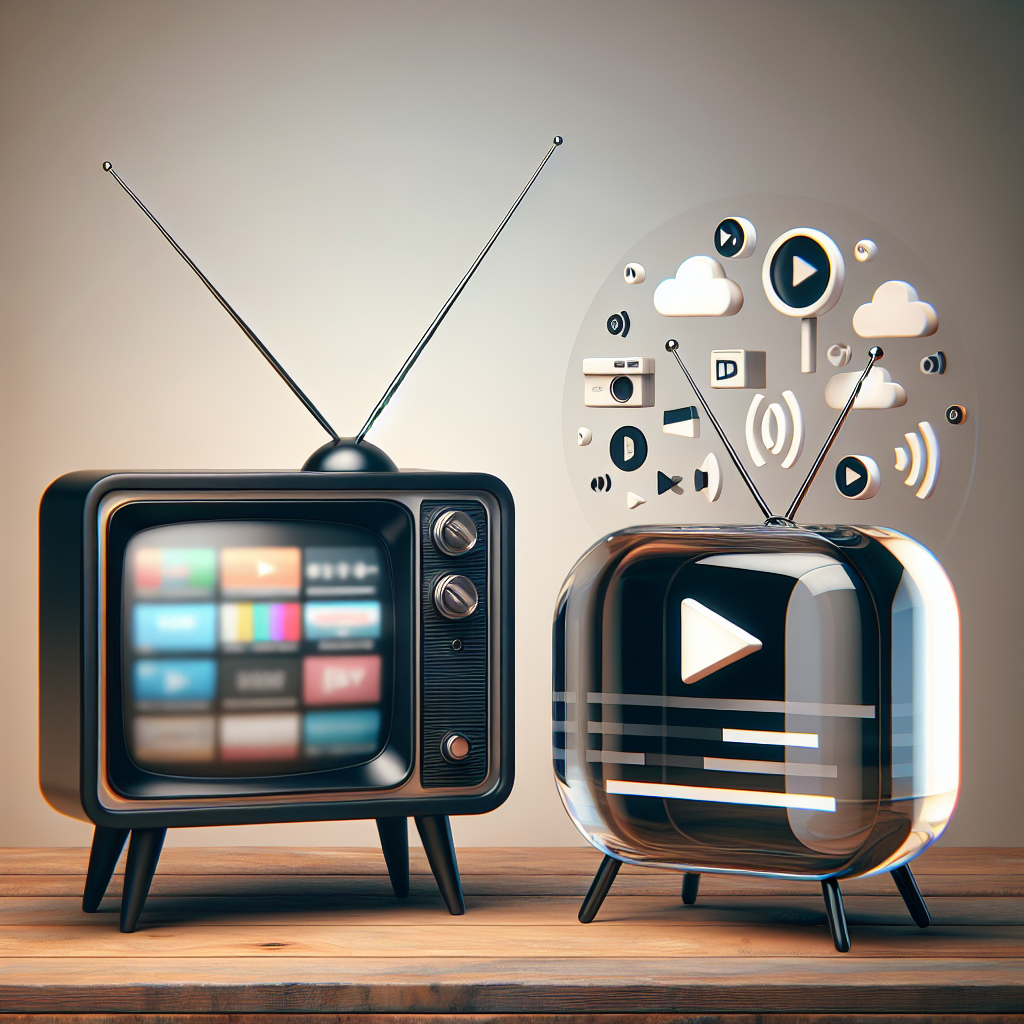IPTV vs. Traditional Cable: Which is the Better Option?
In today’s world of endless entertainment options, choosing between IPTV and traditional cable can be a difficult decision. Both offer a wide range of channels and programming, but they also have their own unique advantages and disadvantages. So, which is the better option for your viewing needs?
IPTV, or Internet Protocol Television, is a relatively new technology that delivers television content over the internet rather than through traditional cable or satellite. This allows for more flexibility in terms of programming and viewing options. With IPTV, viewers can access their favorite shows and movies on demand, as well as enjoy features like time-shifting and video-on-demand.
One of the biggest advantages of IPTV is its ability to deliver high-quality content over a reliable internet connection. This means that viewers can enjoy a crisp, clear picture and sound without the need for cumbersome cables or satellite dishes. IPTV also offers a wider range of channels and programming options, including international channels and niche content that may not be available through traditional cable providers.
On the other hand, traditional cable still has its own advantages. Cable providers often offer bundled packages that include internet and phone services, which can be convenient for those looking to consolidate their bills. Cable also tends to be more reliable in terms of signal strength and availability, as it is not dependent on internet connectivity.
So, which is the better option for you? Ultimately, it depends on your viewing habits and preferences. If you value flexibility and variety in your programming, IPTV may be the better option for you. However, if you prefer a more traditional viewing experience and value reliability and convenience, traditional cable may be the way to go.
In conclusion, both IPTV and traditional cable have their own strengths and weaknesses. It’s important to consider your viewing needs and preferences before making a decision. Whichever option you choose, you can rest assured that you’ll have access to a wide range of entertainment options to suit your taste.
